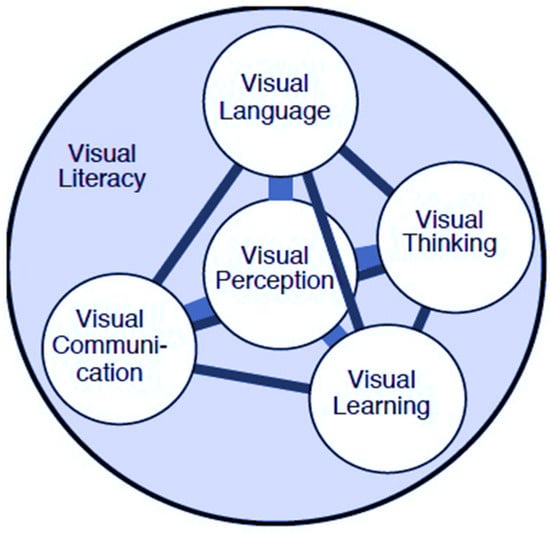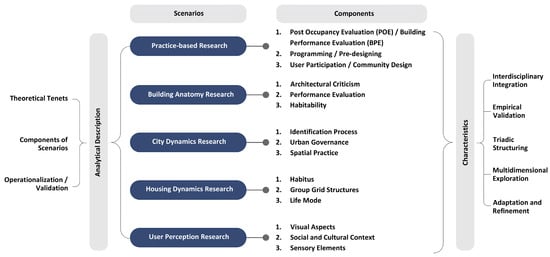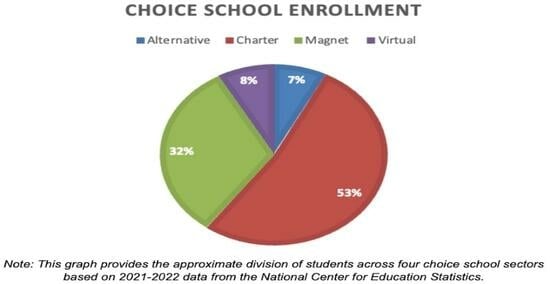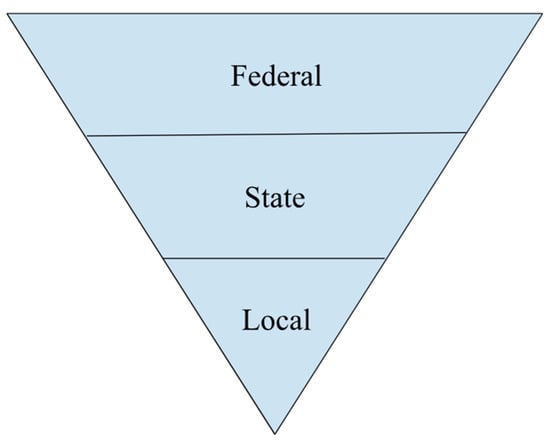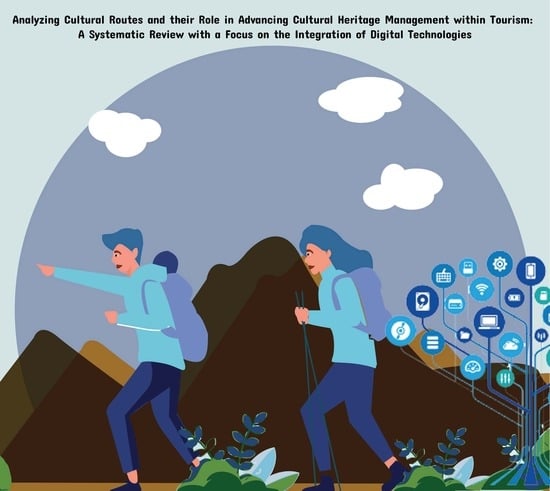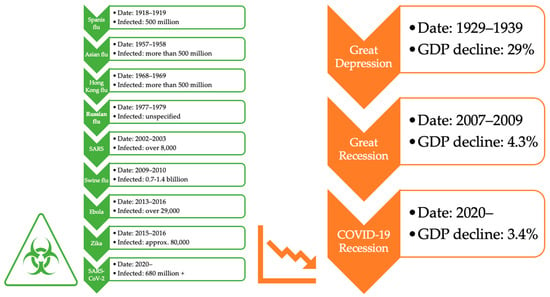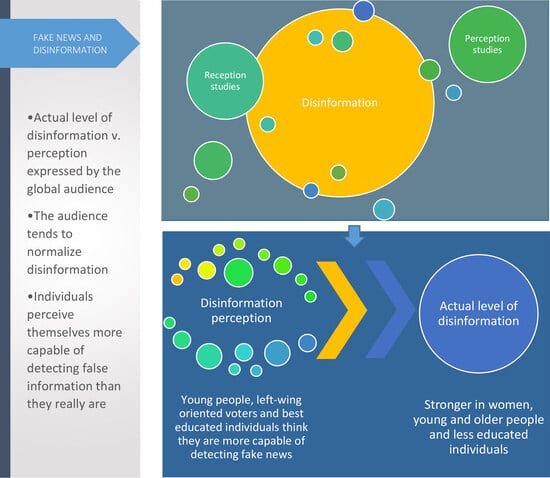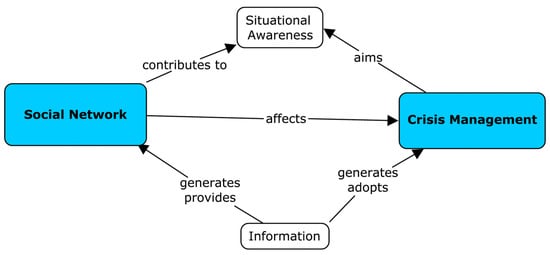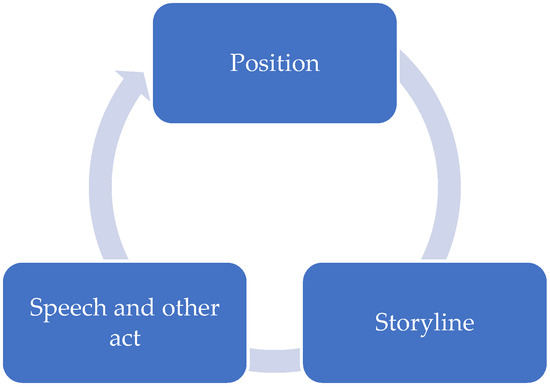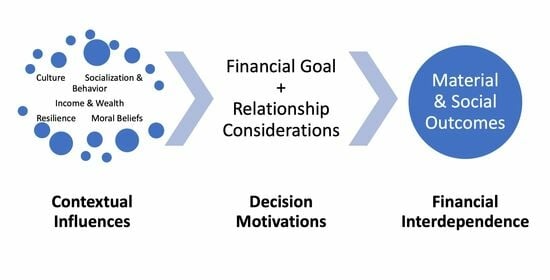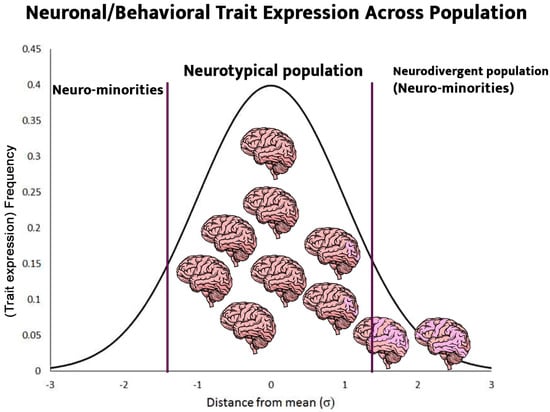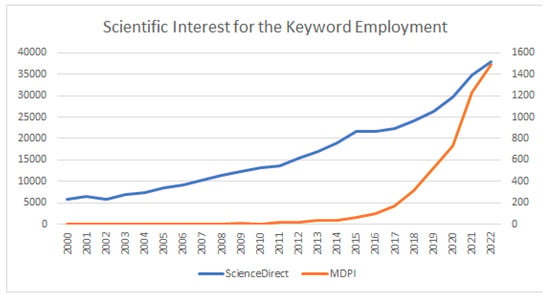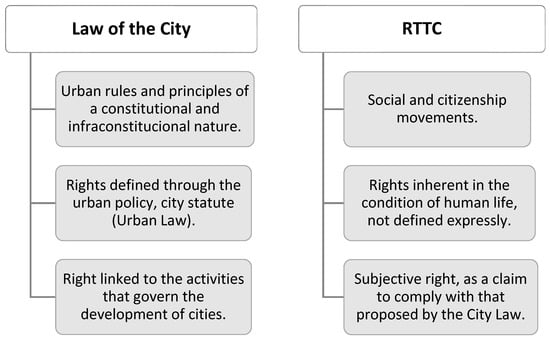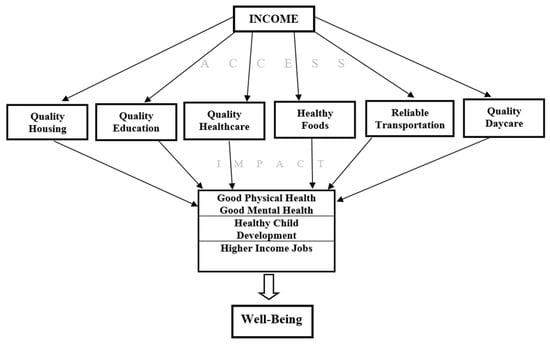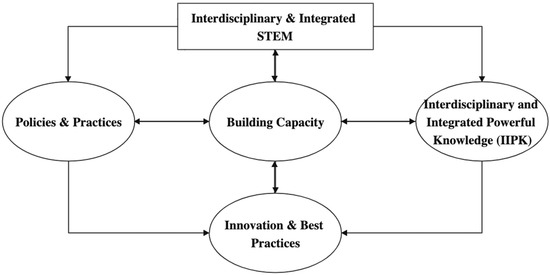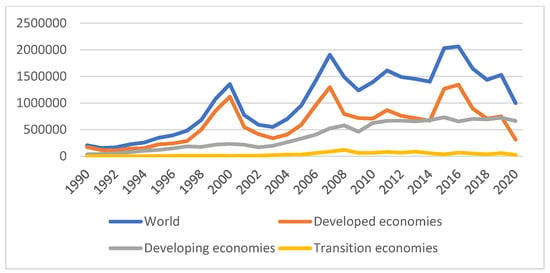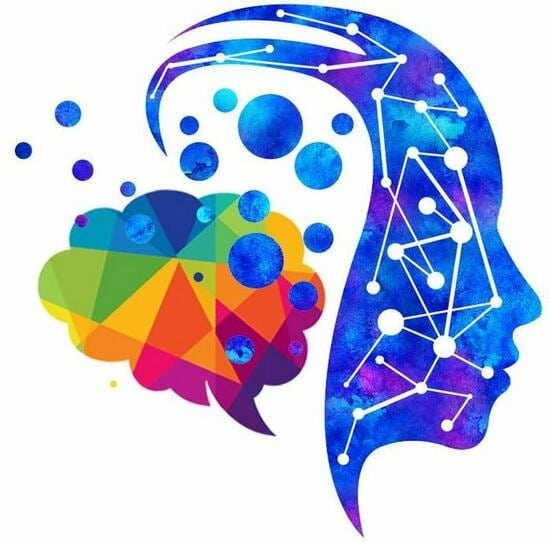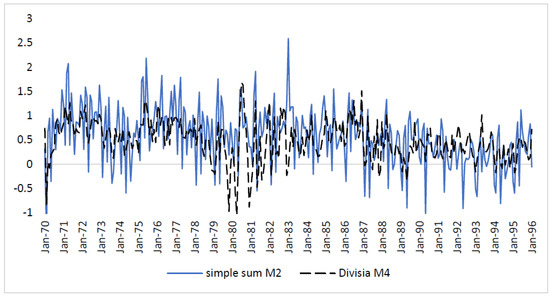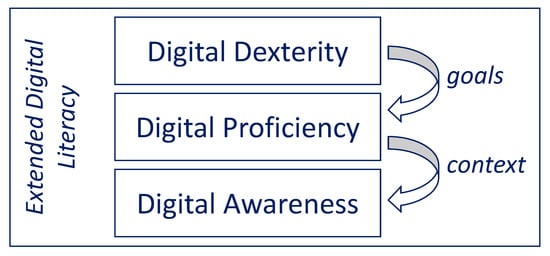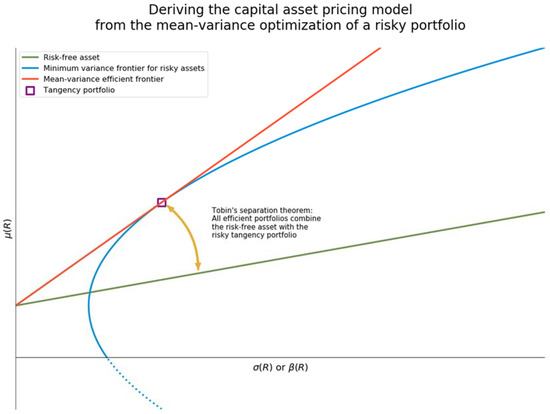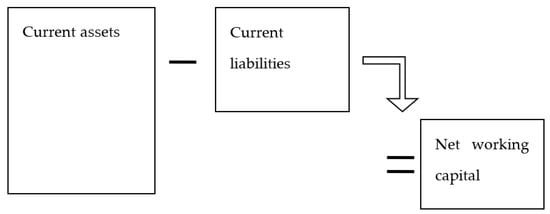Encyclopedia of Social Sciences
A topical collection in Encyclopedia (ISSN 2673-8392). This collection belongs to the section "Social Sciences".
Viewed by 408679Editors
Interests: renewable energy and sustainability; industrial engineering and design; machine-person interoperability; supply chain management; system resilience
Special Issues, Collections and Topics in MDPI journals
Interests: logistics management; sustainable shipping practices
Special Issues, Collections and Topics in MDPI journals
Topical Collection Information
Dear Colleagues,
The Encyclopedia of Social Sciences provides a comprehensive reference work covering the following disciplines and subdisciplines in the Social Sciences, highlighting Economics, Finance, Business, and Other Social Sciences.
Chapter 1: Economic Theory and Econometrics
Coverage includes: Economic Theory, Microeconomics, Macroeconomics, Econometrics and Statistics, Mathematical Economics, Organizational Economics.
Chapter 2: Finance
Coverage includes: Investment Finance, Risk and Volatility, Corporate Finance, Behavioral Finance, Energy Finance, Industrial Organization, Health Economics.
Chapter 3: Business
Coverage includes: Accounting, Marketing Science, Management Science, Behavioral Science, Administrative Science, Decision Sciences, Public Policy, Tourism and Hospitality.
Chapter 4: Other Social Sciences
Coverage includes: Political Science, Social Psychology, Sociology, Education, Law, Library and Information Science.
We will release this topical collection as an independent encyclopedia book once a certain amount of entries are published. Book chapters are not limited to the above four disciplines. Additional chapters may be created based on the number of entry papers published under a specific topic. If you are a social science researcher or interested in the Social Sciences, please feel free to share what you know as an entry paper in this collection.
In the end, we would like to acknowledge the former Collection Editors Prof. Dr. Michael McAleer and Prof. Dr. Chia-Lin Chang, who contributed significantly to this collection's development during their tenure.
Dr. Kum Fai Yuen
Dr. Xueqin Wang
Dr. Xue Li
Collection Editors
Manuscript Submission Information
Manuscripts should be submitted online at www.mdpi.com by registering and logging in to this website. Once you are registered, click here to go to the submission form. Manuscripts can be submitted until the deadline. All submissions that pass pre-check are peer-reviewed. Accepted papers will be published continuously in the journal (as soon as accepted) and will be listed together on the collection website. Research articles, review articles as well as short communications are invited. For planned papers, a title and short abstract (about 100 words) can be sent to the Editorial Office for announcement on this website.
Submitted manuscripts should not have been published previously, nor be under consideration for publication elsewhere (except conference proceedings papers). All manuscripts are thoroughly refereed through a single-blind peer-review process. A guide for authors and other relevant information for submission of manuscripts is available on the Instructions for Authors page. Encyclopedia is an international peer-reviewed open access quarterly journal published by MDPI.
Please visit the Instructions for Authors page before submitting a manuscript. The Article Processing Charge (APC) for publication in this open access journal is 1000 CHF (Swiss Francs). Submitted papers should be well formatted and use good English. Authors may use MDPI's English editing service prior to publication or during author revisions.






